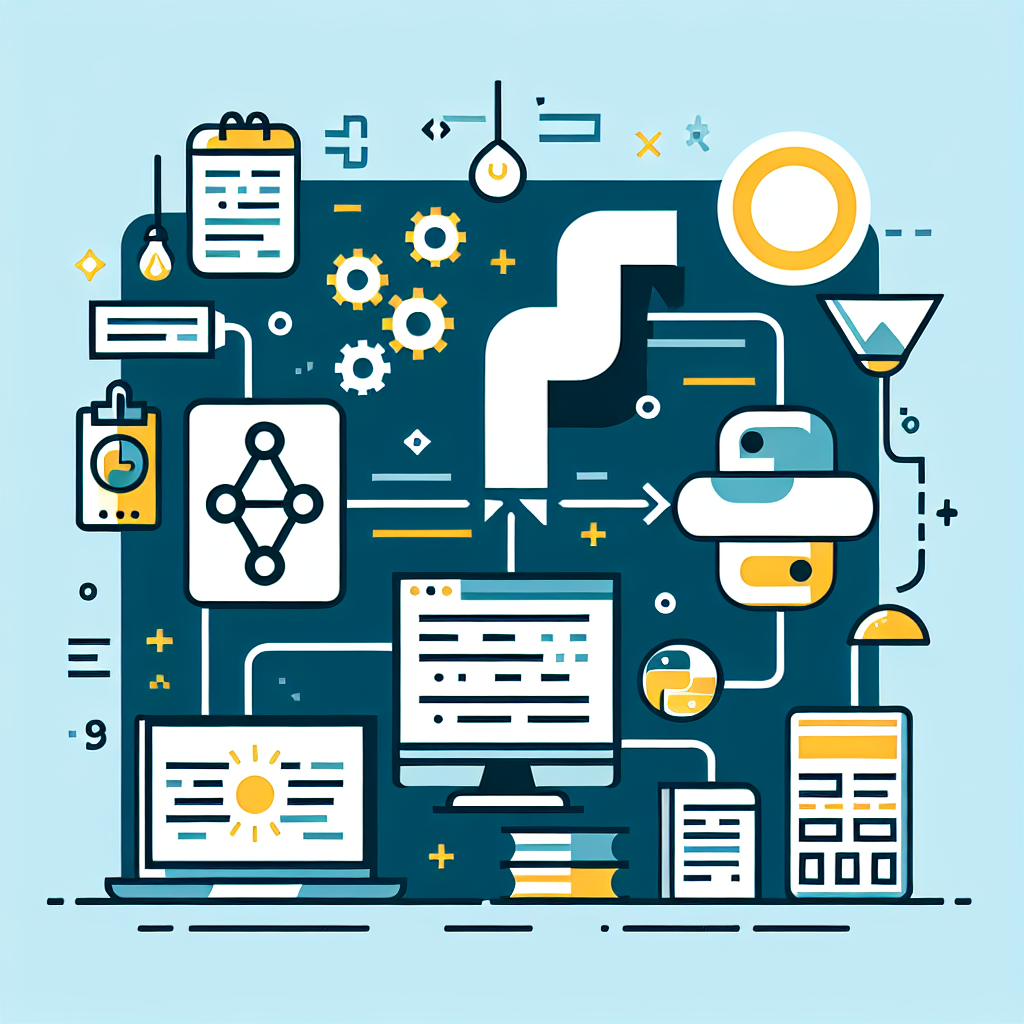Convert R to Python: Seamless Code Translation Tool
Effortlessly transition from R to Python with our comprehensive tool. Discover seamless code conversion, increased efficiency, and enhanced data analysis today!
Source Code
Converted Code
Output will appear here...
The R to Python tool seamlessly converts R scripts into Python code, streamlining your data analysis workflow. Ideal for data scientists and analysts, this tool enhances productivity by bridging the gap between R and Python ecosystems. Experience efficient code migration and leverage the strengths of both programming languages for robust data solutions.

R to Python: A Seamless Transition Tool Link to this section #
Transitioning from R to Python can be a daunting task for data scientists and analysts accustomed to R's statistical prowess. The 'R to Python' tool streamlines this process, bridging the gap between these two powerful programming languages. Here's how it can assist you:
Code Conversion: Automatically convert R scripts to Python with minimal manual intervention. This feature ensures that your codebase remains consistent and reduces the error-prone process of manual rewriting.
Library Mapping: The tool intelligently maps R libraries to their Python equivalents. For instance,
ggplot2in R corresponds tomatplotliborseabornin Python. This mapping extends to functions and methods, facilitating a smoother transition.Syntax Adaptation: R's syntax differs significantly from Python's. The tool adapts syntax differences, such as vectorized operations and data frame manipulations, to maintain the integrity of your code.
Example Code Snippet Link to this section #
Here's a quick example of how the tool converts a simple R script to Python:
R Code:
# R: Calculate mean of a vector
numbers <- c(1, 2, 3, 4, 5)
mean_value <- mean(numbers)
Python Code:
# Python: Calculate mean of a list
import numpy as np
numbers = [1, 2, 3, 4, 5]
mean_value = np.mean(numbers)
Key Benefits Link to this section #
- Efficiency: Save time with automated conversions, allowing more focus on analysis rather than rewriting code.
- Accuracy: Reduce human errors associated with manual translation.
- Scalability: Easily adapt existing R projects into Python, making them scalable and integrable with Python's extensive ecosystem.
For more detailed guidance on transitioning from R to Python, consider exploring resources such as the Python Data Science Handbook or documentation from RStudio.
By utilizing the 'R to Python' tool, you can leverage Python's flexibility while retaining the statistical strengths of your R-based projects.
Frequently Asked Questions
Why should I consider switching from R to Python for data analysis?
Python is often chosen for its versatility and extensive libraries for data analysis, machine learning, and deep learning, such as pandas, NumPy, scikit-learn, and TensorFlow. Additionally, Python's general-purpose nature allows for seamless integration with web applications and other software development tasks.
How can I convert R scripts to Python?
Converting R scripts to Python involves translating R functions and libraries to their Python equivalents. Libraries like 'rpy2' can help by providing an interface to R within Python, but manual translation of code is often necessary to ensure proper functionality and leverage Python's libraries effectively.
What are the main challenges when transitioning from R to Python?
The main challenges include adapting to Python's syntax and environment, finding equivalent libraries and functions, and overcoming performance differences. Additionally, if you're coming from an RStudio environment, switching to Python IDEs like Jupyter Notebook or PyCharm may require some adjustment.